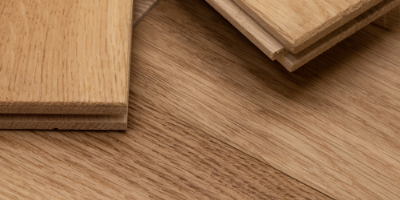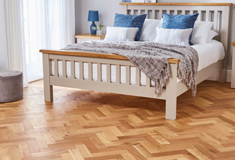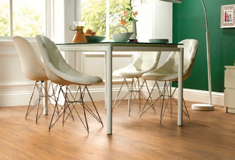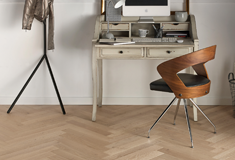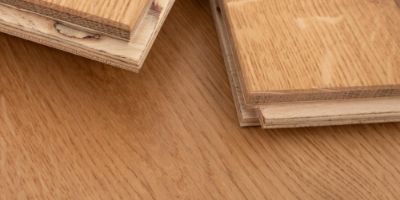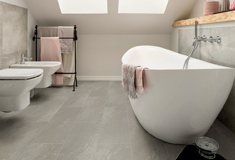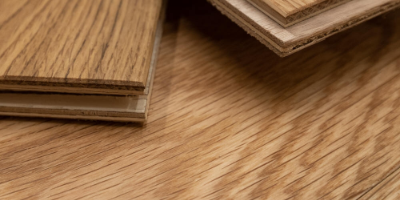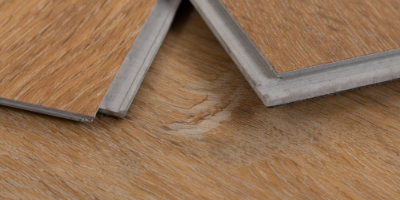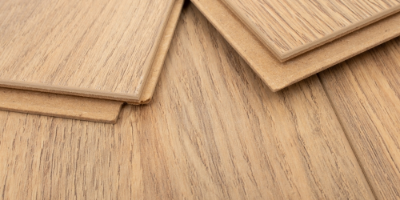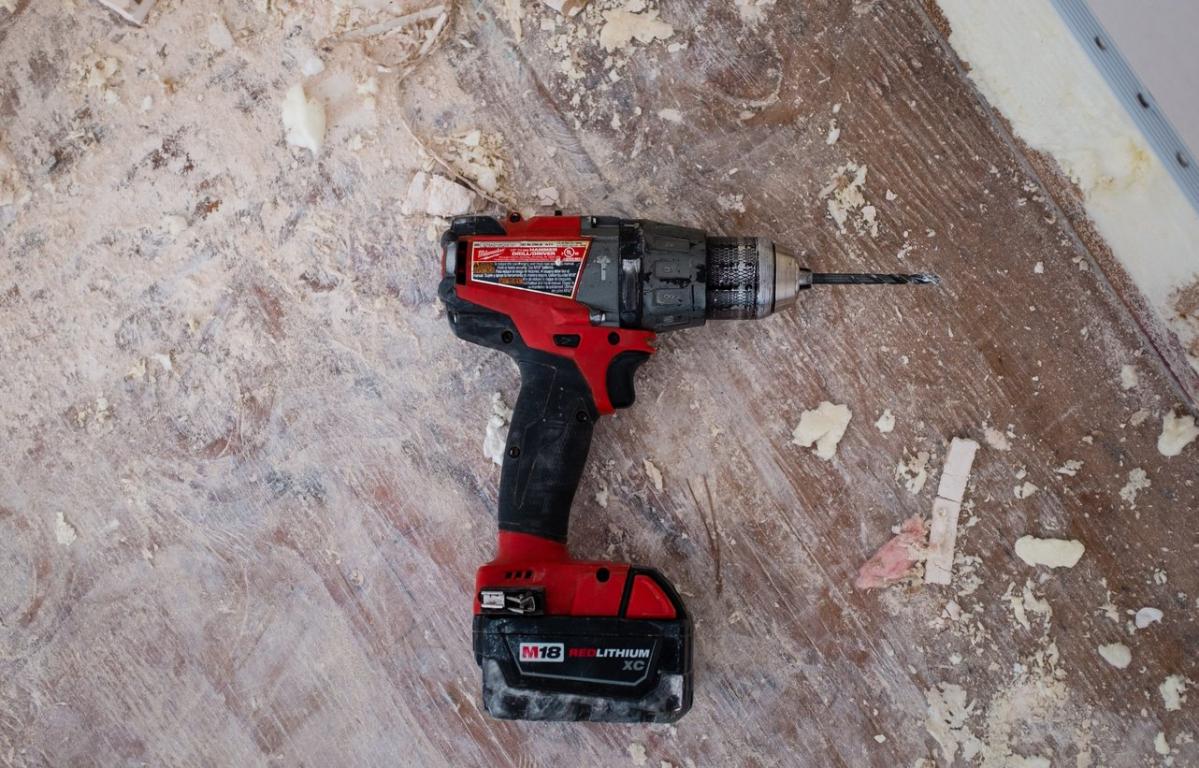What is a Floating Floor?
When it comes to updating your flooring, you might be a little lost when learning some of the terminology. While you may have come across the term ‘floating floor’, you may still, understandably, be at a loss for what this means. We’ve written this blog to give you some clarity so you can feel confident in your home renovations.
Simply put, a floating floor is an installation method; individual floor planks or tiles are not directly attached to the subfloor but are instead joined together to form a surface that ‘floats’ above it.
This is a popular method if you’re a keen DIY-er because it means you will likely be able to install this floor yourself without hiring a specialist or a joiner to do the job for you, which has the added benefit of providing a little relief on the wallet.
What Flooring Types Can Be Used With a Floating Floor?
Typically, floating floors are used with engineered or laminate products. Floating floors are installed on top of an underlay which, along with the locking mechanism of the floor, keeps the floor stable.
Some flooring cannot be floated, for example, solid wood flooring. This is because it’s more susceptible to changes and movement and must be securely fixed to the subfloor.
What are the Advantages of a Floating Floor?
- Easy installation: Floating floors offer a simple installation process, which makes them popular among DIY enthusiasts. They also require fewer tools and are less time-consuming than other methods of installation.
- Versatility: They can be installed over various existing flooring surfaces such as concrete, plywood or vinyl.
- Enhanced stability: The ‘floating’ nature of these floors allows them to expand and contract with changes in temperature and humidity. Providing minimised risk of warping or buckling that can occur in other flooring types.
- Noise reduction: The underlay used in floating floors can provide sound insulation, limiting noise transmission between floors.
- Cost-effective: Floating floors are often more affordable than solid wood flooring or stone, which can provide a more budget-friendly alternative without compromising on aesthetics.
What are the Disadvantages of a Floating Floor?
- Suitability: Not all flooring surfaces will be compatible with floating floors, such as solid wood flooring. You should always check our product information for recommended installation methods.
- Precision: Some flooring types, such as parquet and luxury vinyl tiles, require a certain level of precision and tighter joining techniques that can’t be achieved with a floating floor.
- Subfloor: You can’t lay a floating floor directly onto joists, as it must be laid on a solid, flat surface.
How to install a floating floor
One of the main reasons this installation method is so popular is that it is a straightforward process that doesn’t require extensive expertise or specialised tools. It is installed by laying down an underlay under the subfloor and simply clicking the planks or tiles together over the top.
If you require further information or assistance on how to install a floor using the floating method, you can call one of our team for more information.
Get in Touch
Have any questions or need a little help floating your floor? Contact us today, our friendly flooring experts are always happy to share their wisdom!
Don’t forget to follow us on Instagram and tag us in your posts #MyLuxuryFloor. We’d love to see how your beautiful new floor has transformed your home!

